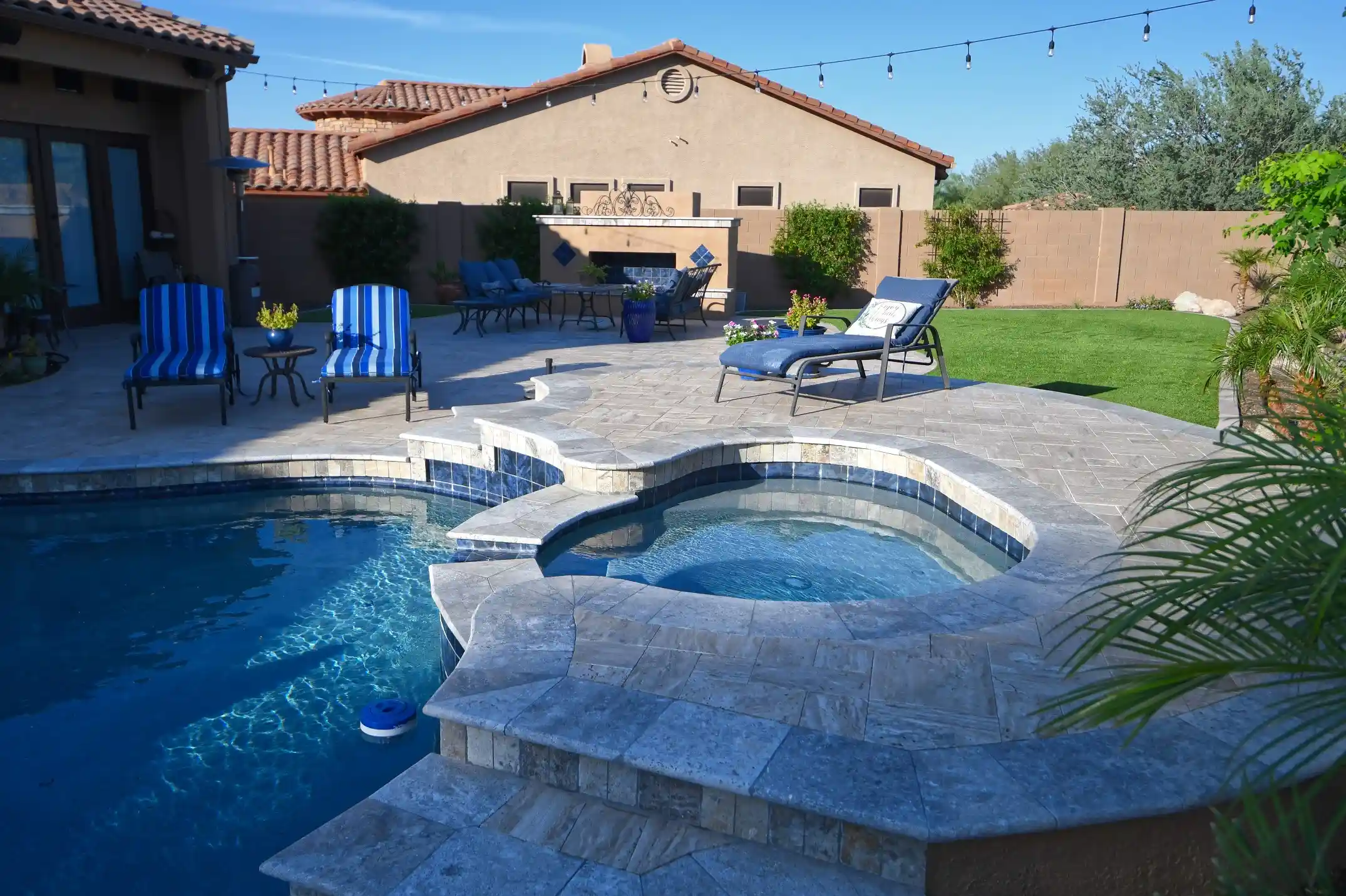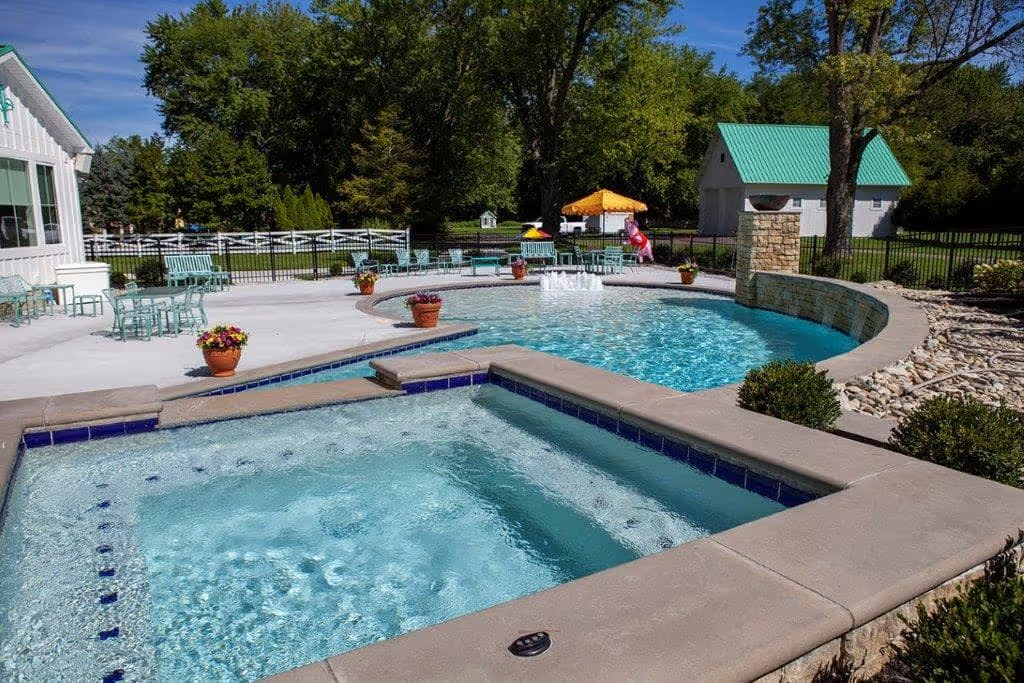- Stone Center
- Blog
The Complete Guide to Cleaning Limestone Hearth and Surrounds Without Causing Damage
25/12/2025
12/25/2025
The Complete Guide to Cleaning Limestone Hearth and Surrounds Without Causing Damage

Limestone fireplaces add classic charm to any room with their rich texture and soft, neutral hues. However, their porous nature and calcium carbonate composition make them sensitive to moisture and acidic substances, leading to stains, etching, and discoloration without proper care.
As the centerpiece of your home, your limestone fireplace deserves proper upkeep to stay in top shape. This guide by our team at Stone Center provides clear, effective steps for cleaning and maintaining your limestone fireplace without causing damage.
What You'll Need: Supplies Checklist

Before you start cleaning your limestone fireplace, gather these essential supplies:
- Soft bristle brush or non-spinning vacuum brush attachment
- Soft cloths or microfiber towels
- Drop cloth or protective sheet
- A bucket with warm water
- Mild dish soap or pH-neutral stone cleaner
- Rubber gloves
- Soft sponge (non-abrasive)
- Baking soda (for stubborn stains)
- Hydrogen peroxide and flour (for poultice, if needed)
Before You Start: How to Dust a Limestone Fireplace
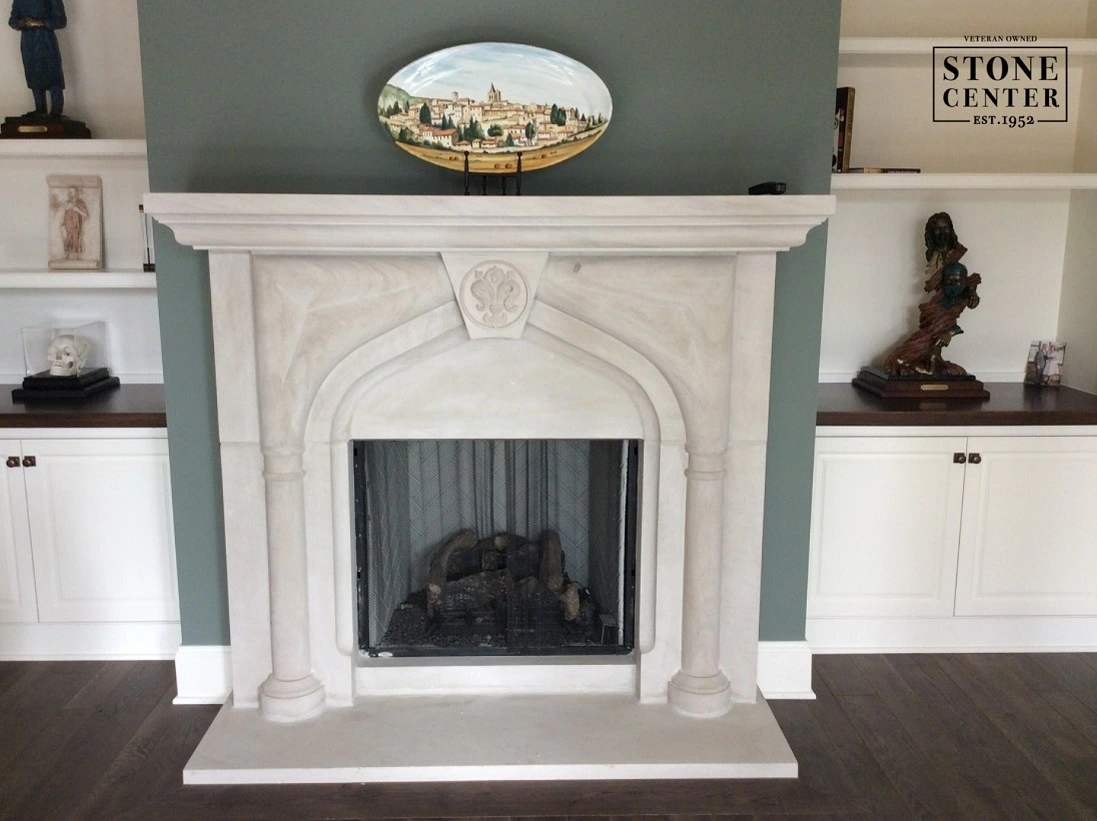
Dusting is the perfect first step before thoroughly cleaning your custom limestone fireplace, as it helps reduce your work when deeper cleaning begins. First, check for existing damage like cracks, chips, or loose sections that require gentle handling or professional attention.
- Shield the base: Place a drop cloth, rag, or protective sheet at the base of your fireplace to catch falling dirt and debris, making cleanup easier.
- Vacuum the fireplace: Vacuuming can be a very effective process for cleaning your limestone fireplace. Use a non-spinning vacuum brush to clean up loose dirt, being very careful not to scratch the surface of the limestone fireplace.
- Wipe if you cannot vacuum: If you do not have a non-spinning vacuum brush attachment or you are nervous about scratching the surface, you could carefully wipe the area clean instead. Use a soft, dry cloth and begin dusting from top to bottom.
Regular dusting should be part of your routine cleaning schedule. Weekly dusting helps prevent buildup and makes deep cleaning sessions much easier and less frequent.
How to Clean a Limestone Hearth
One of the popular questions homeowners ask is how to clean a limestone hearth. The hearth is just as important as the fireplace exterior and should be cleaned properly. You could use a store-bought limestone wash or make yours using lukewarm water and dishwashing detergent.
- Prepare the surface: Before applying any cleaning solution, ensure the hearth is cool to the touch, especially after an open fire. Use a soft brush and dustpan to remove loose debris, ashes, or soot.
- Mix solution: Fill a small bucket with warm water and add a few drops of pH-neutral stone cleaner. If you don't have a specialized cleaner, use mild dish soap free from acidic ingredients like lemon.
- Wash the surface with a damp cloth: Dip a soft towel or microfiber cloth into the washing solution and squeeze out excess water. Wipe the hearth with the towel thoroughly but carefully. Do this a couple of times till the hearth is clean.
- Wipe clean: Take a clean, dry cloth and wipe the surface of the hearth to remove residual dust. You might want to apply a bit more pressure here. Consider removing stubborn stains with a soft brush.
- Rinse with clean water and dry: You may need to repeat the washing process to ensure it’s cleaned thoroughly. When you’re done, use clean water and a soft towel to wipe the hearth surface and remove residual detergent. Dry completely with a clean cloth — the stone may look darker until fully dry.
Cleaning a limestone hearth is just one piece of the puzzle. Learn how to clean and protect different limestone surfaces in our detailed, step-by-step guide.
How to Remove Stains from a Limestone Fireplace
Next, we will explore how to remove stains from limestone fireplaces. Some stains other than dust might be quite difficult to remove and require more than dusting or wiping, as limestone is a very porous stone.
Baking Soda Poultice for General Stains
For removing stubborn stains, a baking soda and water poultice offers a gentler alternative. Mix baking soda with enough water to form a thick paste. Apply the paste to the stained area and let it sit for 15-20 minutes before gently scrubbing with a soft cloth. Rinse thoroughly with clean water and dry the stone surface.
Removing Stains with Cleaning Poultice
A safe and efficient way to remove stains from your limestone fireplace is to use a cleaning poultice. You can buy from a store or make one at home using flour and hydrogen peroxide until you develop a paste-like consistency.
- Create the poultice: Dip a sponge or cloth into the poultice and apply it to the stained parts of your limestone fireplace.
- Allow proper setting time: Leave the poultice to dry and set completely. This could take 24 to 48 hours.
- Protect the treated area: Make sure that no one touches the surface at this time.
- Remove carefully: After the poultice is set, you can remove the dried paste from the fireplace surface. Preferably, you should use a scraping material with a soft edge so you don't scratch the limestone surface.
- Repeat if necessary: If the stain persists, you can repeat the process until the poultice totally absorbs the stain from the limestone.
Removing Soot and Smoke Residue
Soot from an open fire is challenging when cleaning limestone fireplaces because of its oily composition. First, try cleaning the affected areas with your mild soap solution, working in small sections and spending extra time on heavily soiled spots.
A baking soda paste (mixed with water) can serve as a gentle, non-acidic cleaning alternative for particularly tough soot stains. Apply to the stained area and let sit for 5-10 minutes. Then gently scrub with a soft-bristle brush before rinsing.
For persistent soot stains, mix hydrogen peroxide and flour into a thick paste. Apply the paste directly to the stain and let it sit for about 15 minutes. Gently scrub the area with a soft brush, then rinse thoroughly with clean water and allow the surface to dry.
Commercial Limestone Cleaners & Stain Removers
A specialized commercial product with neutral pH levels designed for limestone or masonry might be necessary for specific, stubborn stains like oil, rust, or organic matter. Reddit users recommend professional-grade products like Eaco Chem OneRestore for tough cases. These products are formulated to break down difficult stains without damaging the limestone surface.
Can You Use Dawn to Clean a Limestone Fireplace?
Yes, you can use a small amount of original Dawn dish soap on limestone fireplaces. Mix a few drops with a gallon of warm water for a gentle cleaning solution. However, avoid Dawn variants with added lemon or other acidic ingredients, as these can damage limestone surfaces.
Limestone Fireplace Cleaning: Products to Avoid
.webp)
Although limestone is a durable natural stone, it also has a delicate surface. Limestone is rich in calcium, an element that absorbs moisture. Calcium is also quite sensitive to acidic substances and reacts quickly to them. Therefore, acidic cleaning products, especially liquids, can potentially damage your limestone fireplace.
Generally, you should avoid the following cleaning products:
- Acidic cleaners: Anything with a pH below 7 can etch and dissolve limestone, causing permanent damage to your fireplace surface.
- Lemon juice or citrus cleaners: The citric acid will react with the calcium carbonate in limestone, causing etching.
- Vinegar: Being a citrus-based cleaner, vinegar is significantly acidic. Limestone reacts to acid, breaking down into salt, water, and carbon dioxide. Using vinegar on your limestone fireplace can eat up the surface, affecting the outlook and disturbing the integrity of the fireplace's exterior.
- Bleach: Bleach can corrode limestone. If disinfecting is necessary, dilute thoroughly — one cup of bleach per gallon of water.
- Ammonia-based products: These can break down the structural integrity of limestone over time.
- Sandpaper or abrasive scouring pads: These scratch the stone surface, affecting your fireplace’s smooth aesthetics.
Sealing Limestone Fireplace for Better Protection
A more permanent way to keep dirt and stains off your limestone fireplace is to use a specialized natural stone sealer. This protective barrier prevents stains and liquids from penetrating the porous stone beneath, and will need to be reapplied periodically for continued protection. When selecting a sealer, choose one specifically formulated for limestone and natural stone.
Essential Care Tips for Long-Lasting Limestone Fireplaces
Keeping your limestone fireplace in excellent condition requires more than just occasional cleaning. A consistent maintenance routine will protect your investment and keep it looking beautiful for years.
- Regular dusting: Use a soft cloth or non-abrasive vacuum attachment weekly to prevent dust and soot build-up on your fireplace surface.
- Prompt spill response: Address spills immediately by blotting (not wiping) with a soft cloth to prevent liquid absorption into the porous stone.
- Seasonal deep cleaning: Schedule a thorough cleaning 2-4 times per year, depending on how often you use your fireplace, to remove accumulated grime and soot.
- Professional chimney inspection: Have your chimney inspected and cleaned annually by a professional sweep to prevent creosote and soot buildup, which can discolor and damage your limestone fireplace surround.
- UV protection: Protect your limestone from direct sunlight, as UV rays can cause the stone to fade over time. Close blinds or curtains during peak sun hours to preserve the natural color.
- Professional inspection: A stone expert should examine your limestone fireplace every few years to check for issues requiring professional stone restoration.
- Heat damage prevention: Avoid placing hot items like mugs, pots, or decorative pieces directly on your limestone hearth or mantel without using coasters or trivets, as heat can cause discoloration or thermal shock.
By implementing these essential care and maintenance steps, you actively invest in the enduring beauty and integrity of your fireplace. The results are worth it, as they ensure your fireplace maintains a timeless appeal for generations to come.
Discover how our expertly fabricated limestone fireplace surrounds are designed to withstand both heat and time while maintaining their natural elegance.
#gallery_start
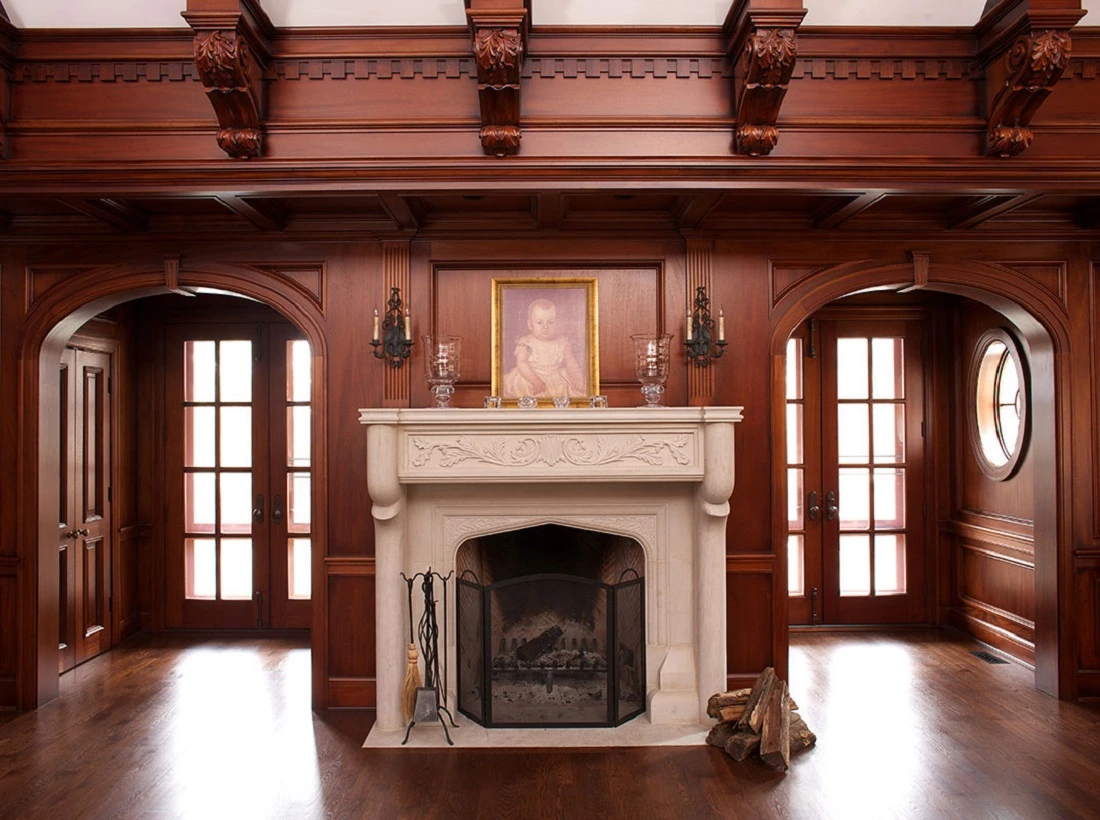
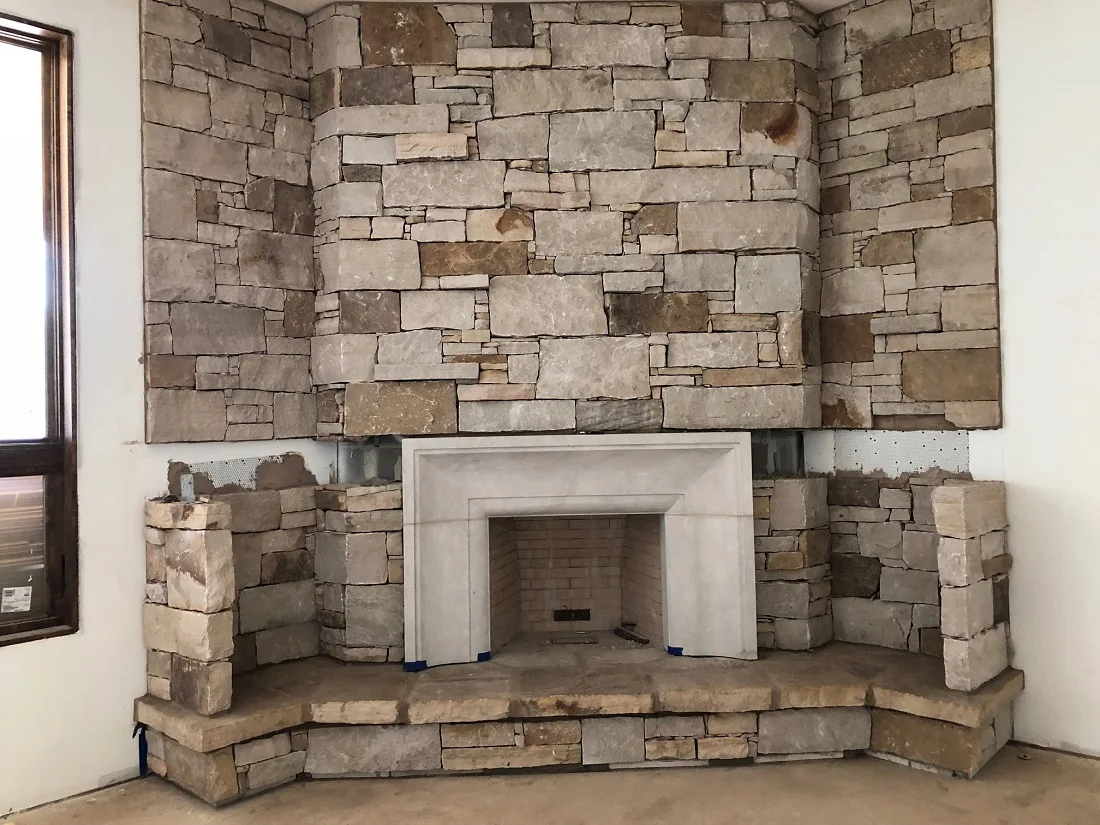
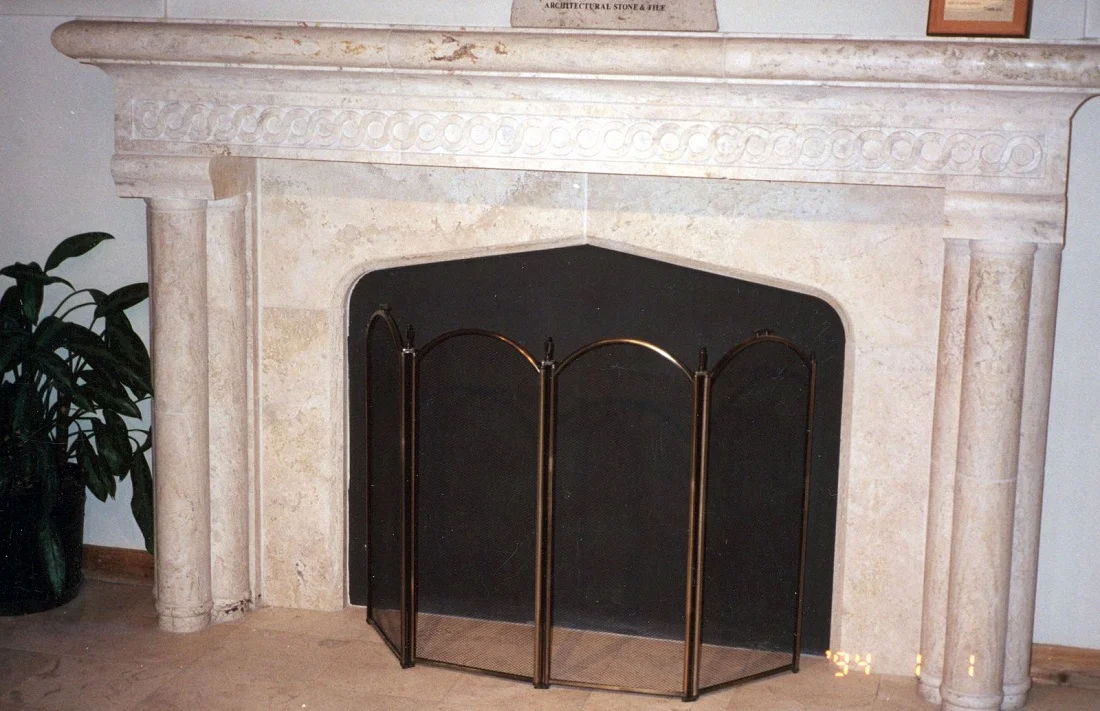
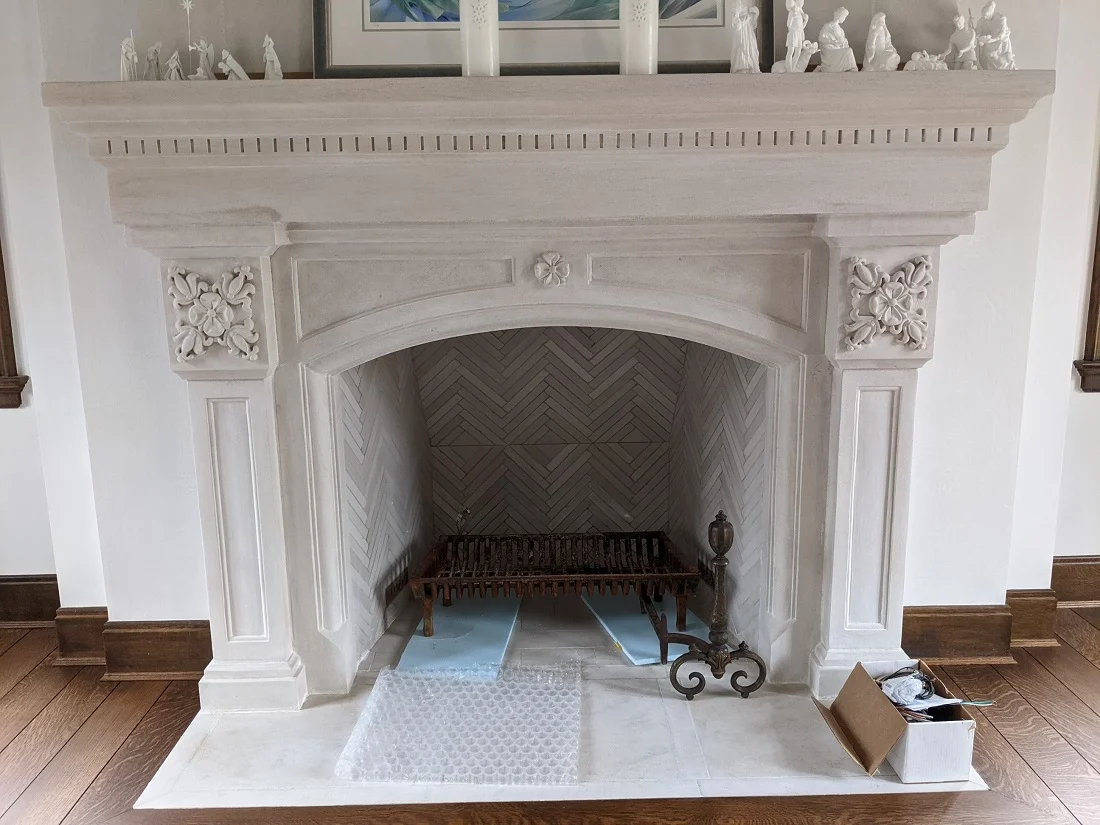
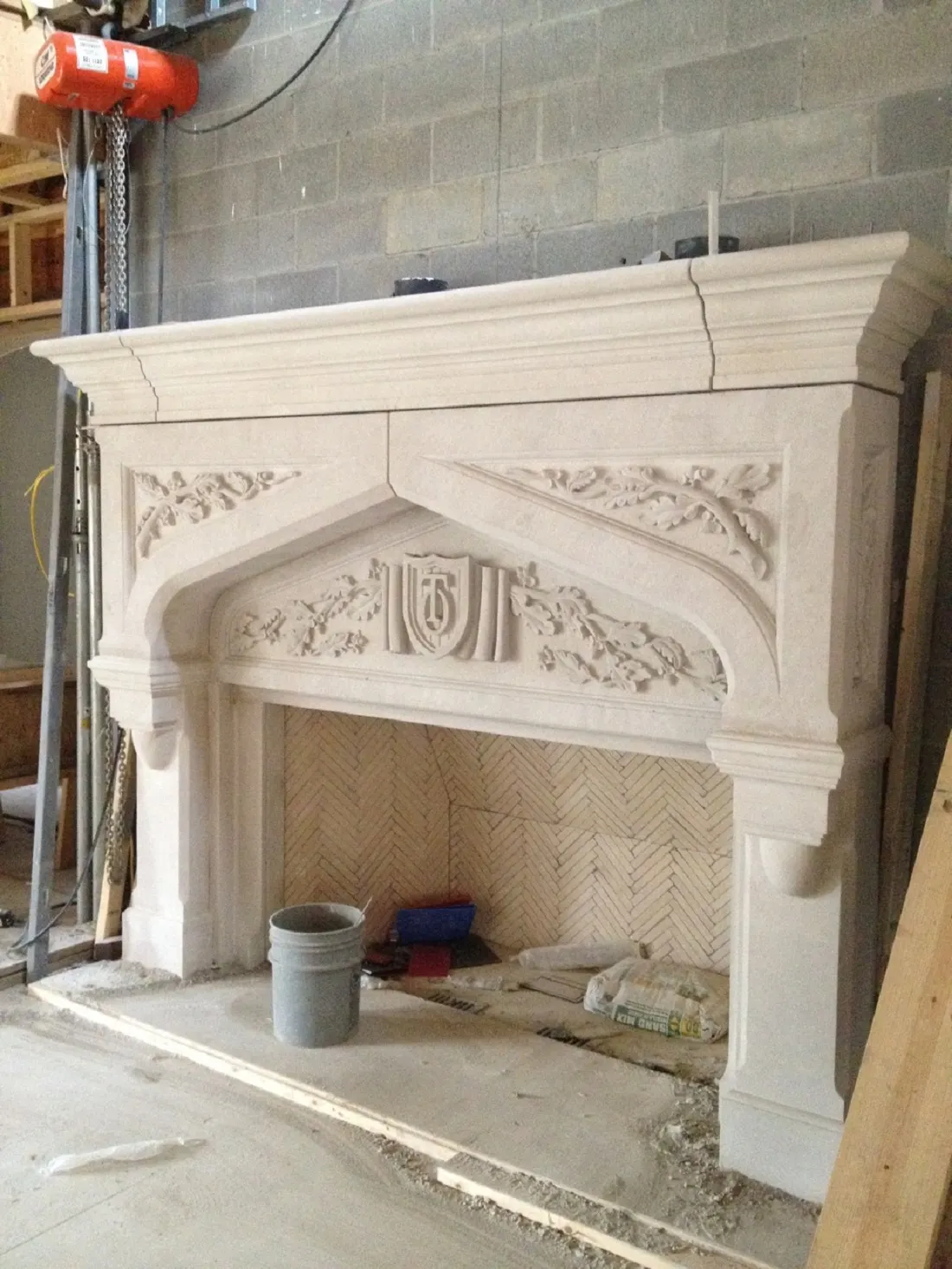
#gallery_end
Preserve Your Limestone Fireplace's Natural Beauty
A limestone fireplace serves as an elegant focal point with its warm, timeless appeal. Regular dusting, prompt attention to spills, proper cleaning techniques, and periodic sealing ensure your stone fireplace remains stunning for generations. However, if you need professional guidance, we're only a phone call away.
If you think your limestone fireplace is damaged, consider a natural stone restoration service from Stone Center. This can help bring your fireplace back to premium conditions without having to replace it. Contact us today and let us help you protect the heart of your home.
FAQ
.avif)
Jon, the owner of Stone Center, is a knowledgeable expert in natural stone products, specializing in various types of stone for landscaping and architectural projects. Passionate about promoting the beauty and versatility of natural stone, Jon aims to use these blogs to inspire readers with creative ideas to upgrade their homes.
How much does it cost to get a stone restored?
How much you end up spending to restore stone varies on the type of stone, the technique, and the stone’s current condition. Stone in good condition will cost less to restore, whereas stone that has a lot of wear and tear may require a longer restoration.






